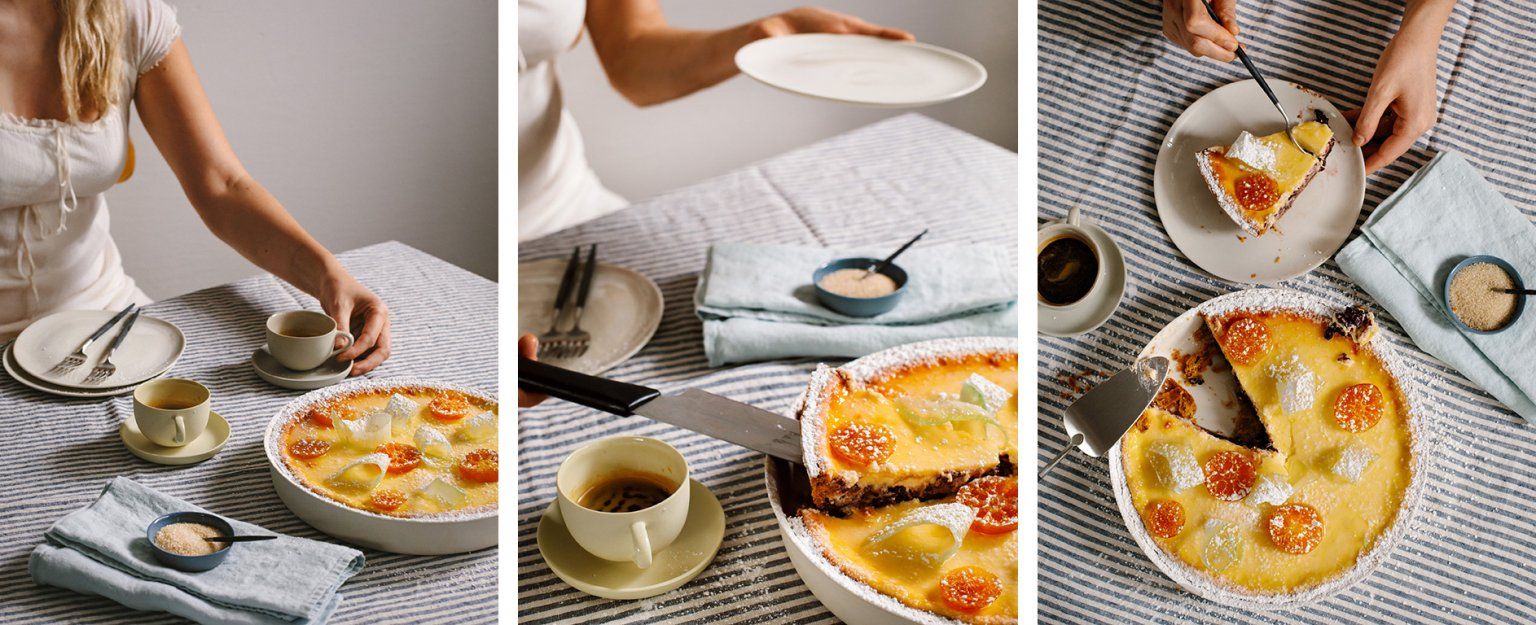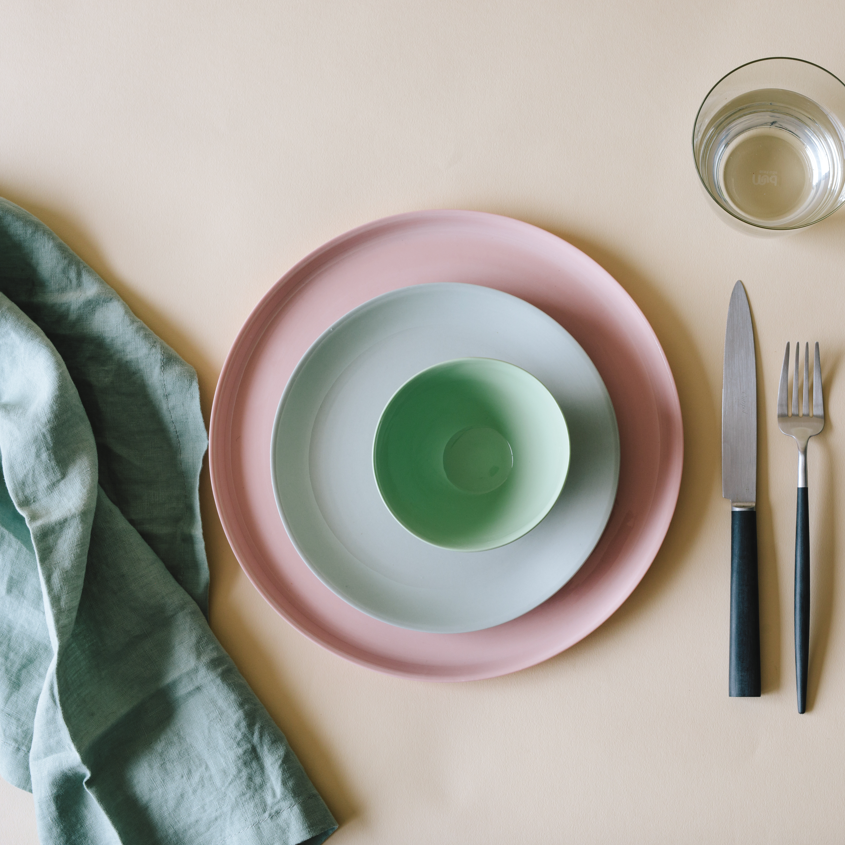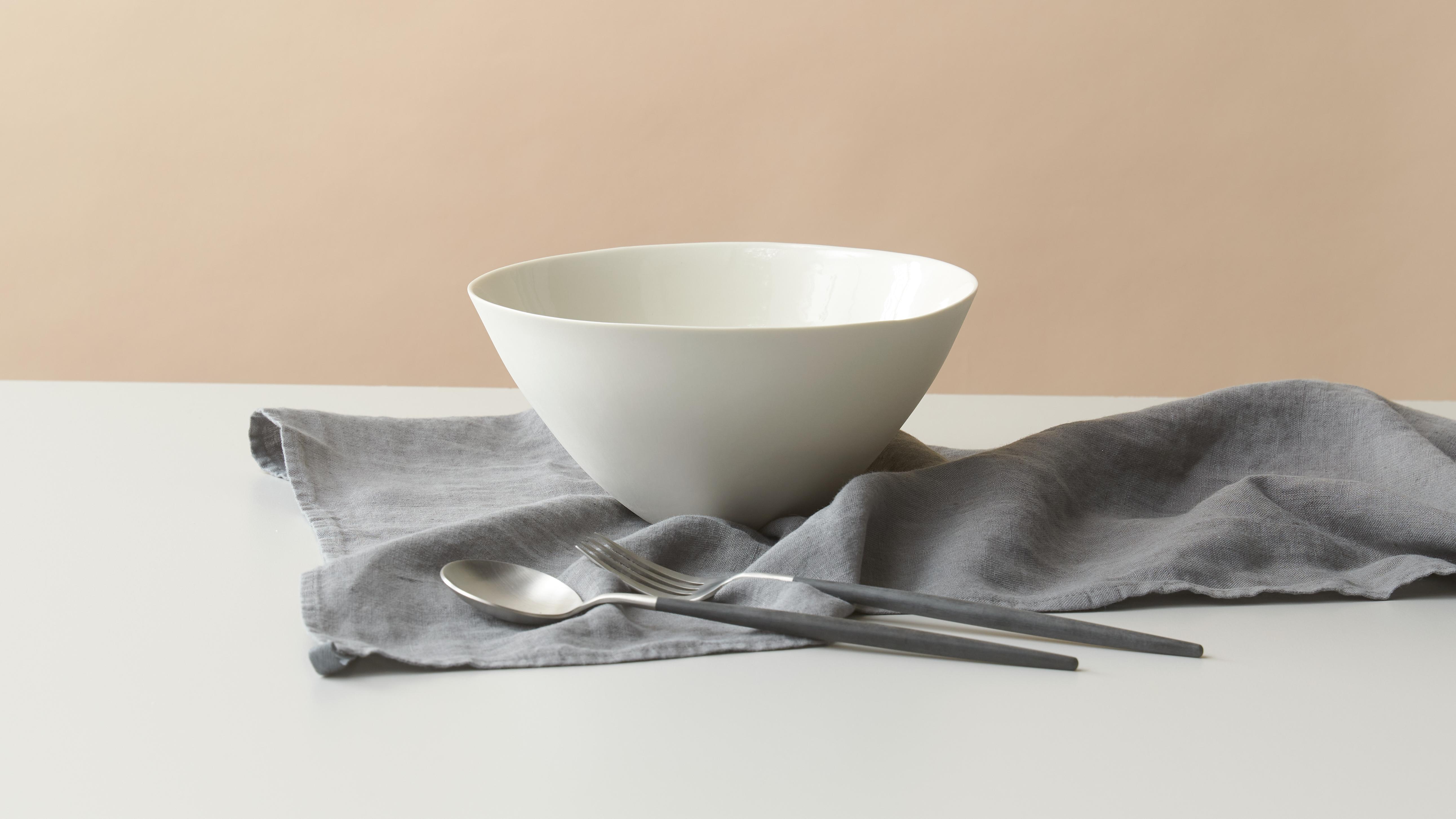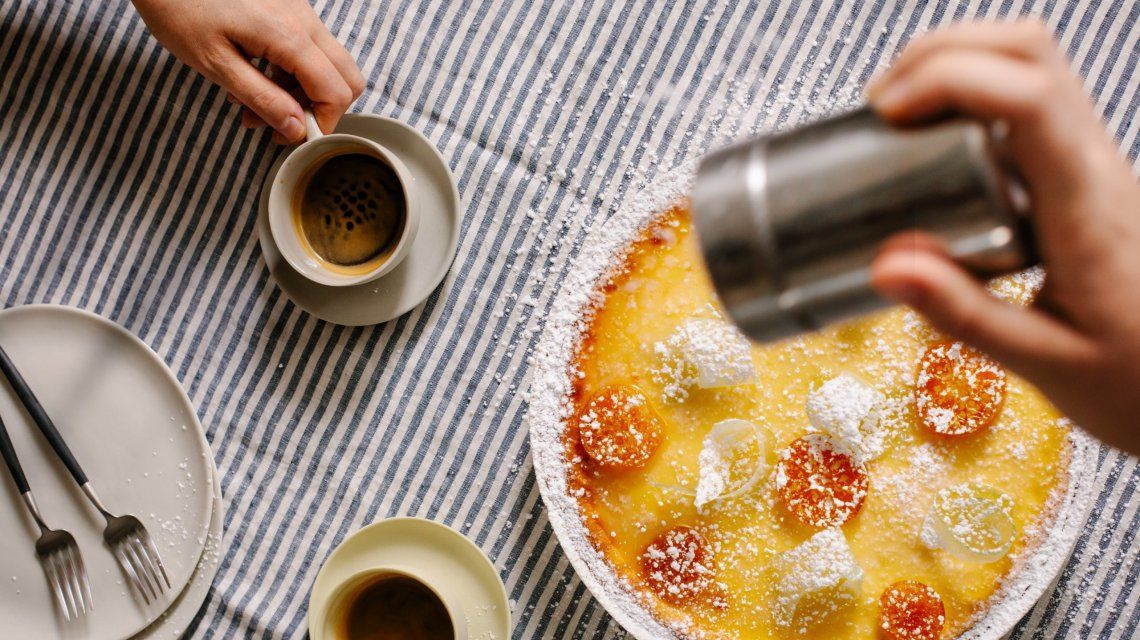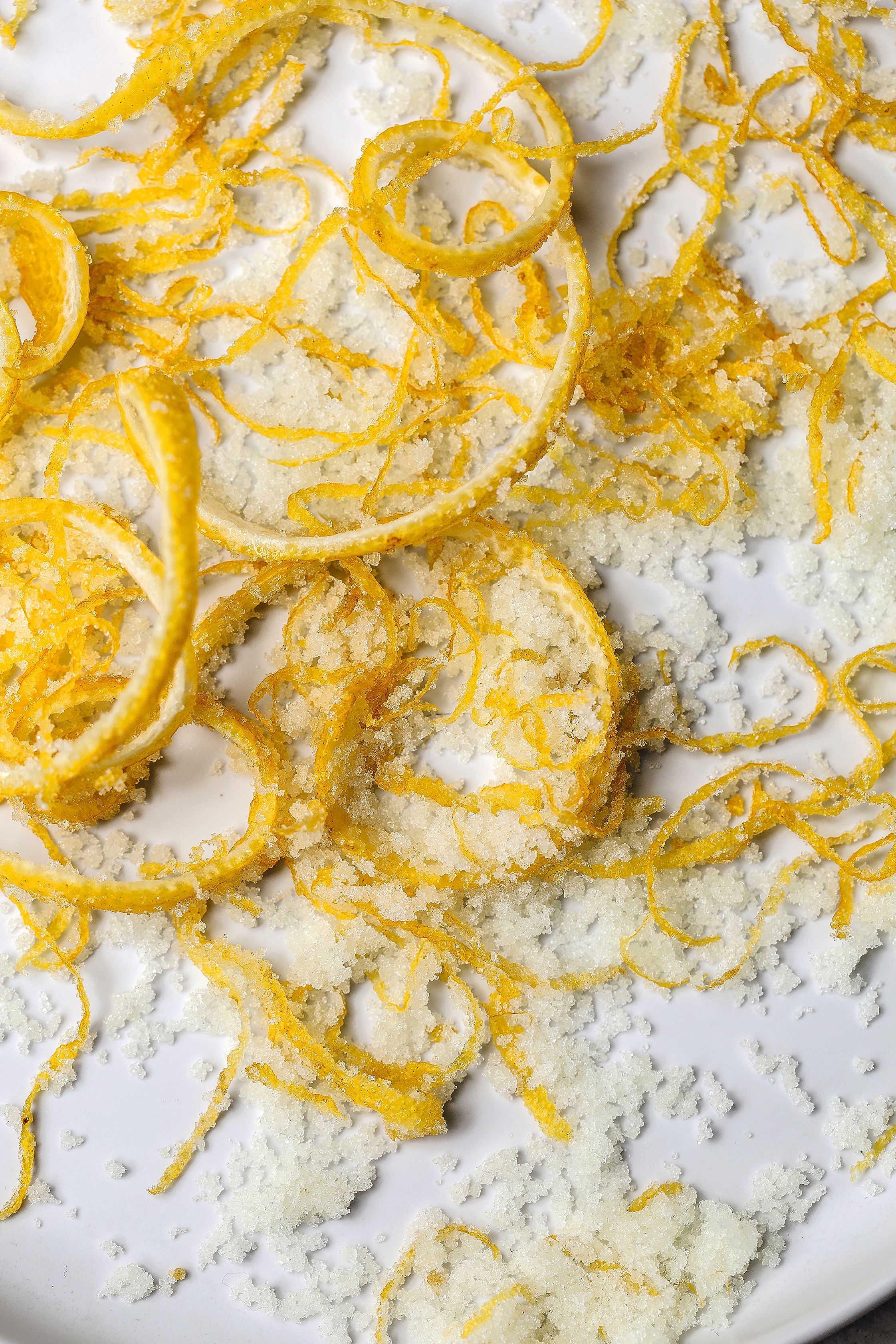Discover our unique collections, thoughtfully designed to suit every style and occasion.
Since 1994, Mud Australia has created elegant and timeless porcelain homewares.
The original Mud Australia store opened in Woollahra in 2007. Since then we’ve opened 13 stores globally.
Explore inspiration, gift registries, corporate gifting and gift cards.
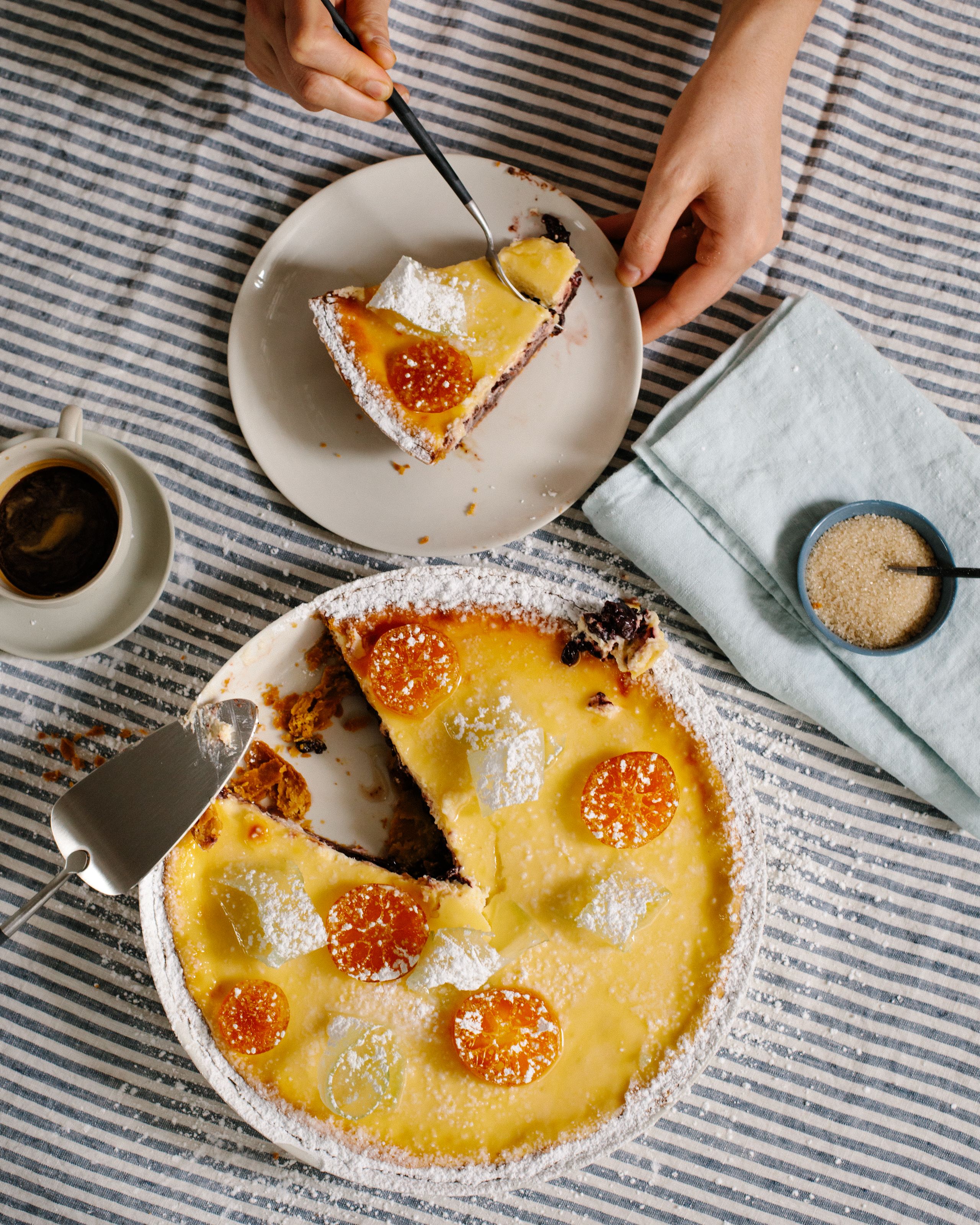
This is our signature pastry that we use for everything from our brown butter tarts to the Christmas mince pies. It is forgiving to roll and easy to make so have no fear. The lumps of butter are essential to its success. imparting pockets of steam that work their magic to produce the flaky layers.
Serves 12
Makes 1 large tart case or 8 x 10 cm individual tart cases.
Recipe
350g Unsalted Butter, chilled and cut into large dice2 Eggs
4 Egg Yolks
50g Caster Sugar
80ml Milk
500g Plain Flour
Good pinch of Salt
Method
Remove the butter from the fridge half an hour before you start to make the pastry so that it is not completely hard and unmanageable.
Whisk together the eggs, egg yolks, sugar and milk by hand in a small bowl and set aside.
Tip the flour onto your work surface, add the salt and scatter the butter over the top. Rub the butter into the flour with your fingertips, or if you have a pastry cutter use it to ‘chop’ the butter into the flour. Ordinarily with something like scone you would continue to work in the butter until it feels like fine breadcrumbs, but here we are looking to keep the butter lumpy throughout the pastry. Work quickly to keep the pastry cold, especially if you have hot hands, leaving lumps of butter the size of small olives in the flour.
Make a well in the centre of the butter and flour, then pour the egg mixture into the well. Use your fingertips to gradually pull flour from the outside into the well until all the liquid has been absorbed. Now work on those butter lumps. Push the heel of your hand away from you in a sweeping motion, isolating the butter lumps and flattening them into ribbons throughout the pastry. This process shortens the pastry, works the protein and forms a structure around the butter (the steam component of the pastry), which will later form the support for the flaky layers of the pastry. If we were to leave them as lumps they would just melt into holes. Take care not to overwork the flour and butter as this will cause shrinkage from stretching the protein.
Press the dough together and form it into a flat rectangle about 3cm high (that way, when you roll the pastry later you won’t need to work it as much to flatten it). Wrap it in plastic film, then rest the dough in the fridge overnight or for a minimum of 3 hours before using it.
This recipe can be doubled and frozen so that next time you need sweet pastry all you need to do is take a block from the freezer the day before and thaw it in the fridge overnight.
